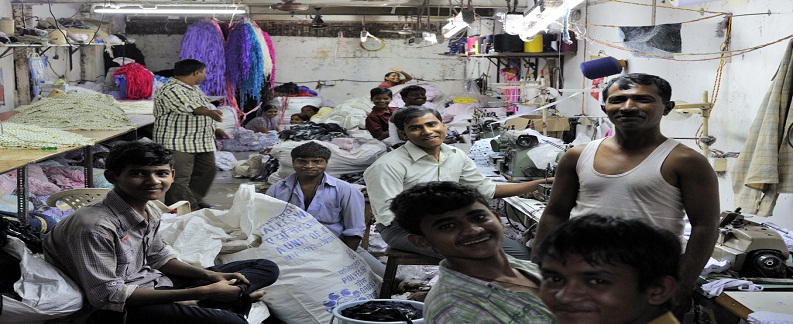At 09:30 AM, our representative would meet & greet you at your Hotel/address in Delhi and would introduce India and your tour to you.
Welcome to our tour, or as we say ‘atithi devo bhava’ (the guest is an incarnation of God). Thank you for giving us the opportunity to serve you!
A unique Slum walk will start at 10:30 hrs in the slums of South Delhi where the sky is only as wide as the lane below. Here, a sense of the fanciful clichés of the HAVE NOTS lurks in every nook and corner in Delhi's biggest slum.
The walk takes about 2 hours.
At 1 PM , we will drop you at your address / hotel in Delhi

